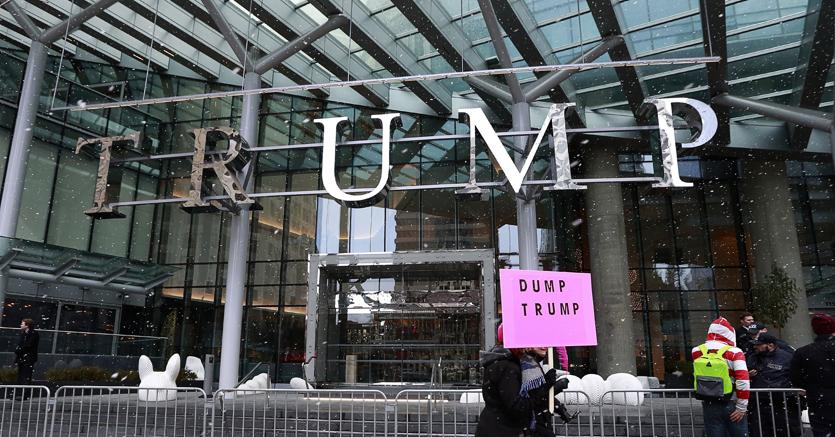
During the election campaign, Donald Trump had already announced a rearmament plan meant to bring the Pentagon’s budget back to levels reminiscent of the most violent years of the wars in Iraq and Afghanistan. Under the slogan “Make America Great Again,” Trump promised to bolster defense. More specifically, this translates into 75 more ships for the Navy as well as 100 combat aircraft for the Air Force in addition to the 1,100 planes it already has. The plan also includes a dozen new battalions for the Marines, which would increase its numbers from 180,000 to 200,000 people, and at least 60,000 new recruits for the Army, whose force would once again amount to 540,000 soldiers.
It will take many years to implement this plan, far more than the four years of a presidential term. It will also involve annual funding estimated at between $50 billion and $60 billion, a sum very close to the $54 billion (later raised to $84 billion) Trump wants added to this year’s budget, along with the $622 billion in 2016 that includes the cost of operations in Iraq, Afghanistan and other minor theaters of operations.
In order to fund this increase in military spending, an unprecedented increase since after 9/11, Trump has stated his willingness to cut expenses in other areas, from foreign policy to aid to allied countries; from healthcare to the environment. On the one hand, Trump’s replacing eight years of Obama’s “soft power” policy with a new “hard power” should not come as a surprise. On the other hand, it is evident that this arms race and a public expense budget suited for wartime do not seem justified by current threats against the United States.
It is possible to achieve greater efficiency in the fight against the Islamic State and other jihadi movements, as Trump demands, without increasing spending for heavy weaponry. Washington’s war against jihadis is not going to be won through a larger number of submarines, fighter-bombers or aircraft carriers. That enemy can possibly be defeated by being more inclined to employ combat forces and keep them on the front line indefinitely. Trump has remarked that America is no longer capable of winning wars. That is a correct statement. However, the reason certainly does not lie with a lack of means or troops, but rather with the United States’ political and social ineptitude when handling long-distance conflicts against insurgencies that constitute a drain in terms of losses and financial costs, such as Vietnam, Iraq or Afghanistan.
The U.S. does not need a budget that is already twice as high as Russia’s and China’s military spending ($48 billion and $193 billion respectively in 2016) in order to effectively fight militias relying on pick-ups and Kalashnikovs. Which is why the White House’s rhetoric is focused on depicting China’s military development as a dangerous threat. This endeavor has the support of the Republican majority in Congress, which is even more “hawkish” than Trump about rearmament (at least according to the plans Sen. John McCain announced). Think tanks close to the Pentagon are ready to state that Beijing’s fleet will soon include more war ships than the U.S. fleet.
Rearmament will favor America’s military-industrial complex. Trump offers to produce more means and weapons (even for the allies who are urged to spend more for defense) but he asks to pay less for them.
In order to be justified in the eyes of public opinion, each rearmament campaign needs a powerful enemy, or someone who can be depicted as such. It is no coincidence that the planned détente with Vladimir Putin’s Russia has apparently already been put to rest. This may have been a concession Trump had to make to Congress, the Pentagon and the generals who belong to his administration.
The nuclear arms race with Moscow that was launched in the last few days seems to follow the same logic. Washington has long achieved complete military supremacy over all of its adversaries, both in conventional and nuclear terms. This massive rearmament seems, therefore, meant to force Russia and China to follow its lead, thereby sacrificing social spending and risking an internal collapse. The unsustainable rearmament Ronald Reagan imposed in the 1980s resulted in the breakdown of the Soviet Union. Trump may be following a similar pattern in order to make China implode through the combination of an arms race and a domestic crisis caused by an export slump.

Leave a Reply
You must be logged in to post a comment.